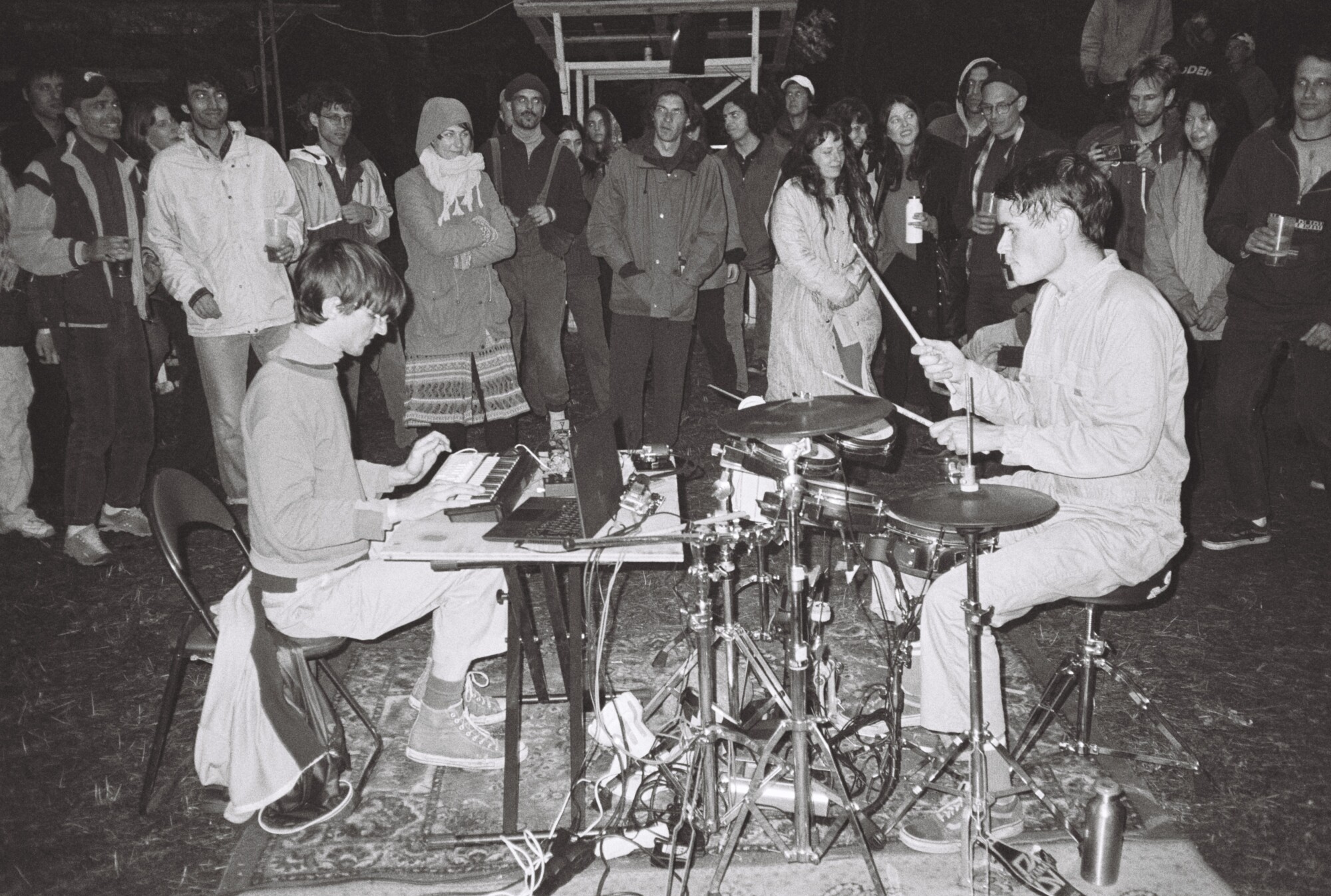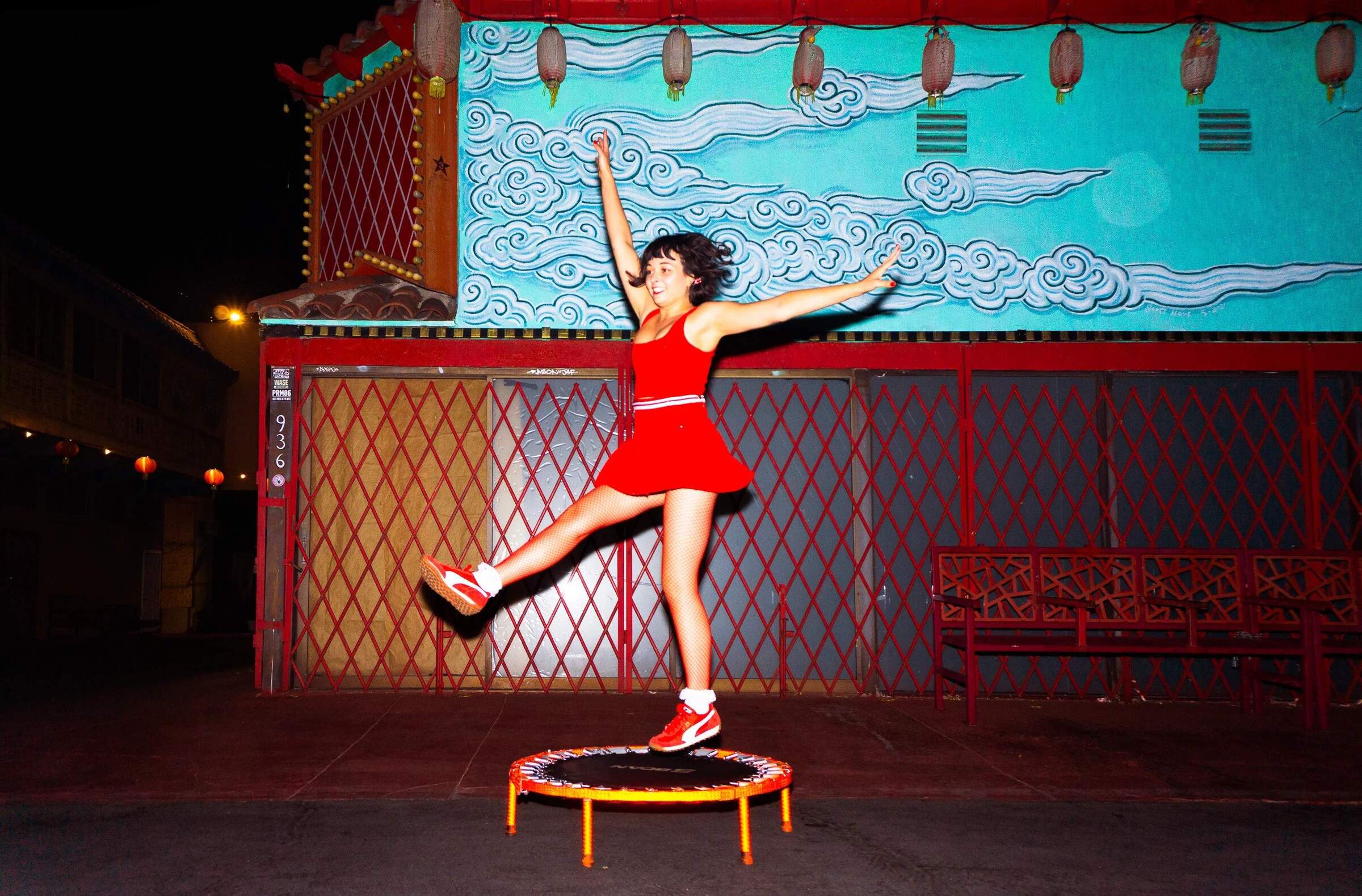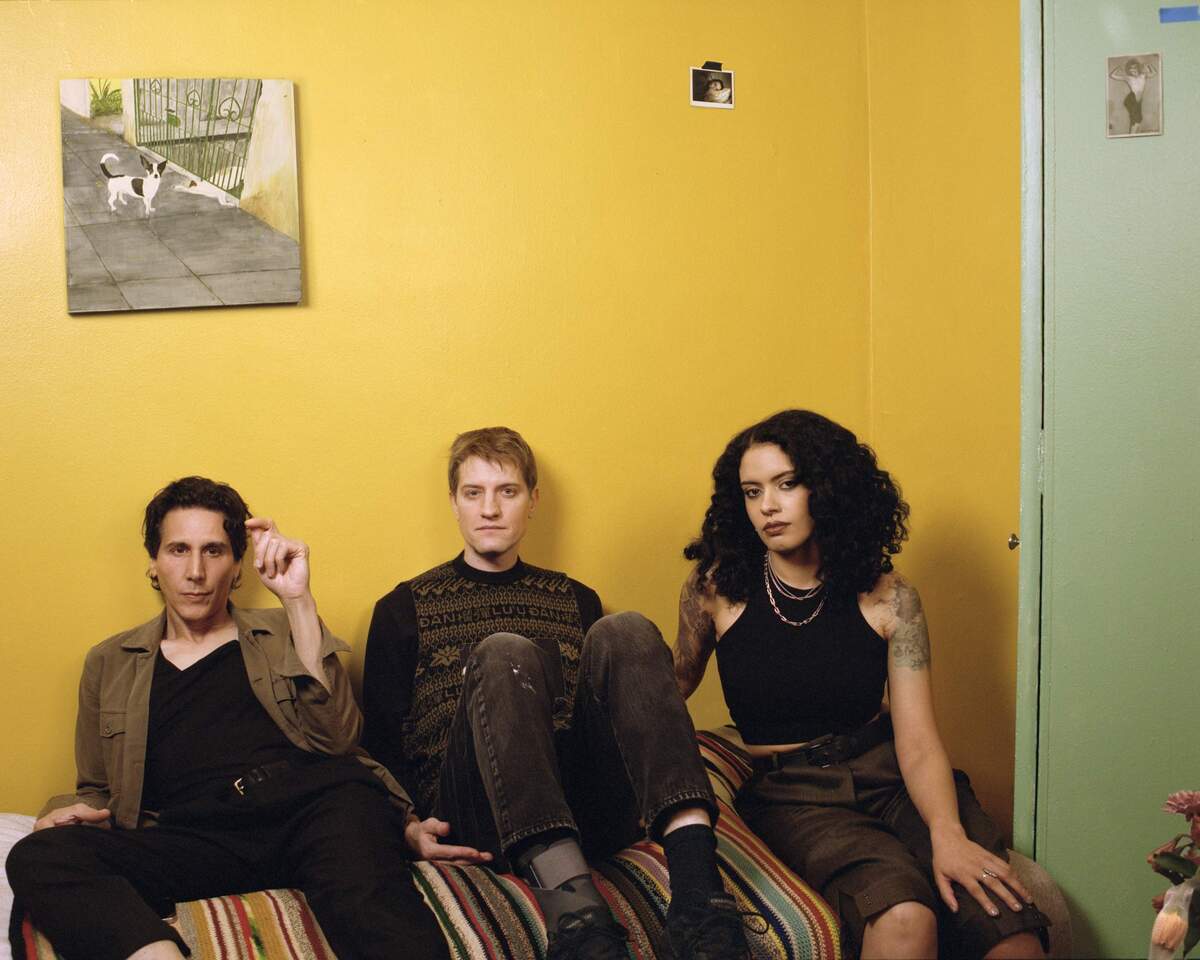Elastic Systems
Hopping over from the ridges of Nantes, Arnaud Aubry and Thomas Durand began their adventure as Elastic Systems in 2022, diving deep into human/machine synergy by means of wiggly electronic playtime.
Electronic drums and MIDI wares play interchangeably complementary roles and generate disparate forms that range from jaunty krautrock to sinewy body music to the open-ended chiptune of yesterday’s tomorrow. At times highly technical and angular, Elastic System’s improvisations can just as soon melt into free-floating waveforms that push listeners – and their dance moves – to engage in a perpetually shifting sonic worldbuilding, bringing it all together in a choose-your-own-adventure cascade of relentless euphoria.
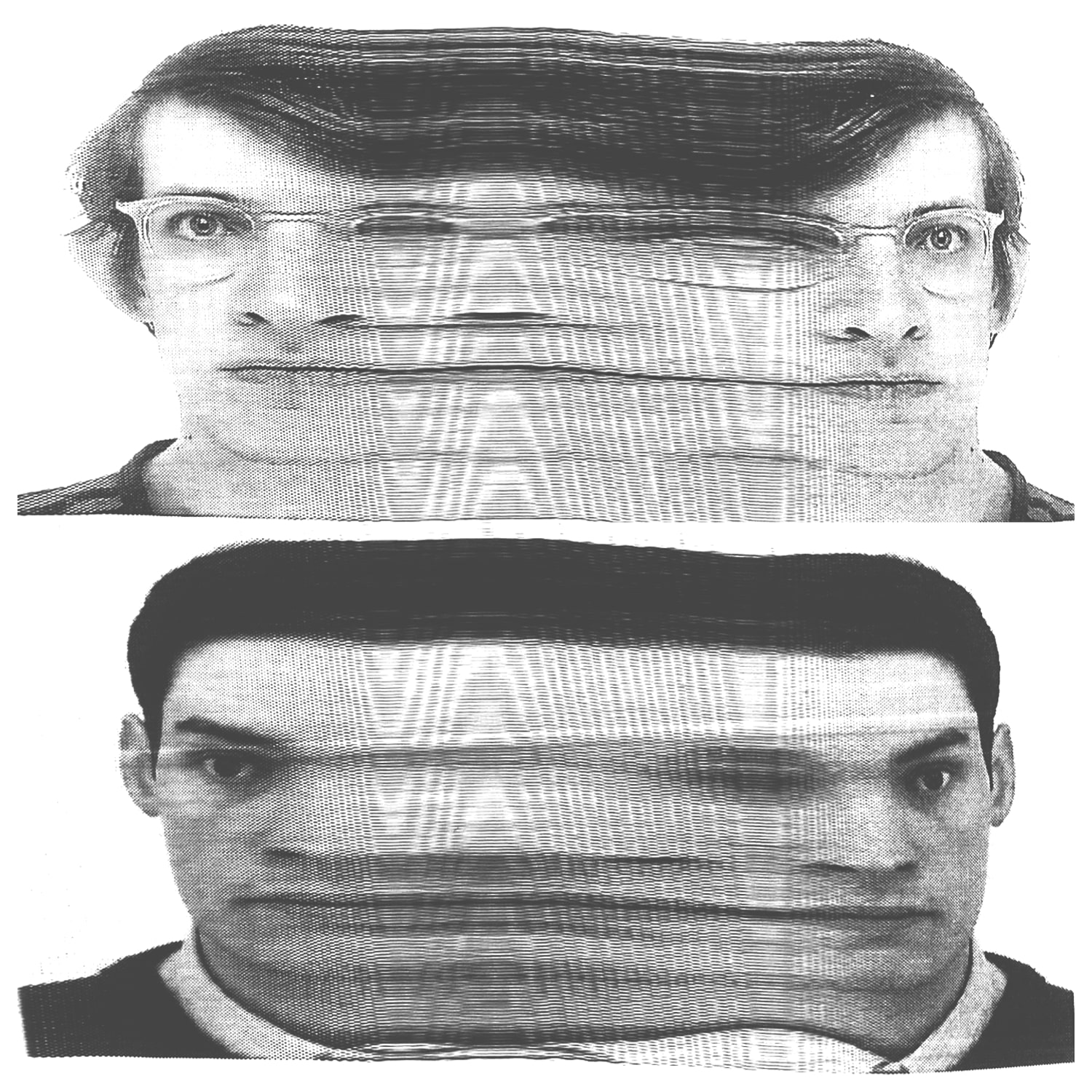
“I believe influences are strong impressions that you feel at certain points in your life”
When did Elastic Systems start? 2022?
Elastic Systems started in the summer of 2022, a moment in our lives when we had free time and wanted to try a new band based on the use of an electronic drum set. We spent several weeks trying dumb and funny jokes that later became songs.
I know only one three-track demo from you. Is this your only release?
The demo is the only release available for now. They were actually just recordings of rehearsals that we wanted to share to find our first gigs.
You are a duo. Can you introduce yourselves to me? Who are you? How old are you? How did both of you meet? What’s your musical background? Did you play in other bands before? Did you have any formal musical training? Did you study music?
We are Thomas Durand and Arnaud Aubry, respectively 30 and 31 years old. We didn’t grow up in arty families and explored music ourselves during our teenage years. We met at this point, going to experimental and punk gigs in Nantes. We were 17 and curious for new experiences in music and life. Thomas is a completely self-taught musician and has produced singular music under many aliases, such as the ongoing project Tutoriel. Arnaud started by taking drum lessons, and then later by doing a lot of improvisation by himself in the attic of his family’s house. He has later been part of several formations as a drummer, where improvisation always played a big part. Elastic Systems isn’t our first band together, as we played together in a punk band called Virage and a pop band called Shy Accident.
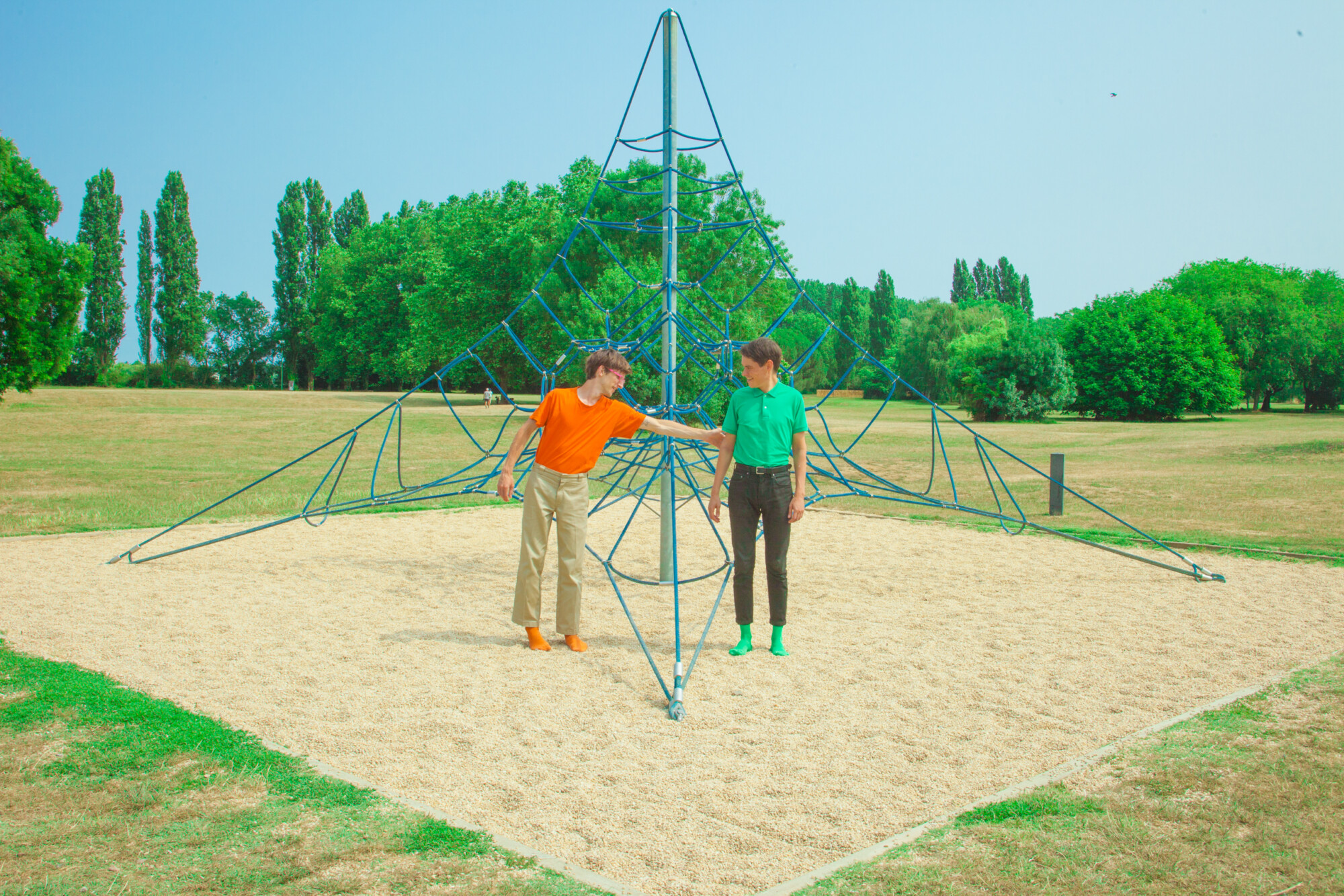
Why did you choose the combination of drum and electronics? Do you use an electronic drum or an acoustic drum?
We wanted to explore the possibilities of an electronic drum set combined with a bank of samples. So, we spent some time generating ideas and creating a sound palette that fitted both of our influences, which eventually became Elastic Systems.
Why did you think two people were enough to create a full band sound?
We didn’t necessarily think so, but we wanted to try. We used software to help us achieve this. The constraint of playing as a duo led us to discover that it could be very interesting to play two instruments at once, which eventually became an essential element of our musical style for now.
Is what you do improvised or structured songs?
In our process, every song starts with a bank of samples or a simple idea, which serves as a starting point for improvisation. We then progressively modify the sounds and interpretations to shape a structure. However, what you hear in our concerts sometimes remains semi-improvised, as we aim to maintain some songs partially improvised to keep them organic.
Are you planning a longer, more official release?
We plan to release an EP called ‘Dorémi Kick Snare,’ inspired by MIDI sounds, contemporary music, and hyperpop. It tells a story about the process of learning music. The EP will be released on our new music label called ‘Bidule’ in the next few months.
You’re from Nantes. Are you part of the Nantes music scene?
We are involved in the organization and daily life of a WWII bunker called Blockhaus DY10, which is an autonomous space dedicated to experimentation, particularly in experimental and punk music. We organize concerts and also rehearse there. Additionally, Thomas is a programmer at Jardin C, an outdoor venue dedicated to experimental music and arts, where Arnaud has also been for the last five years.
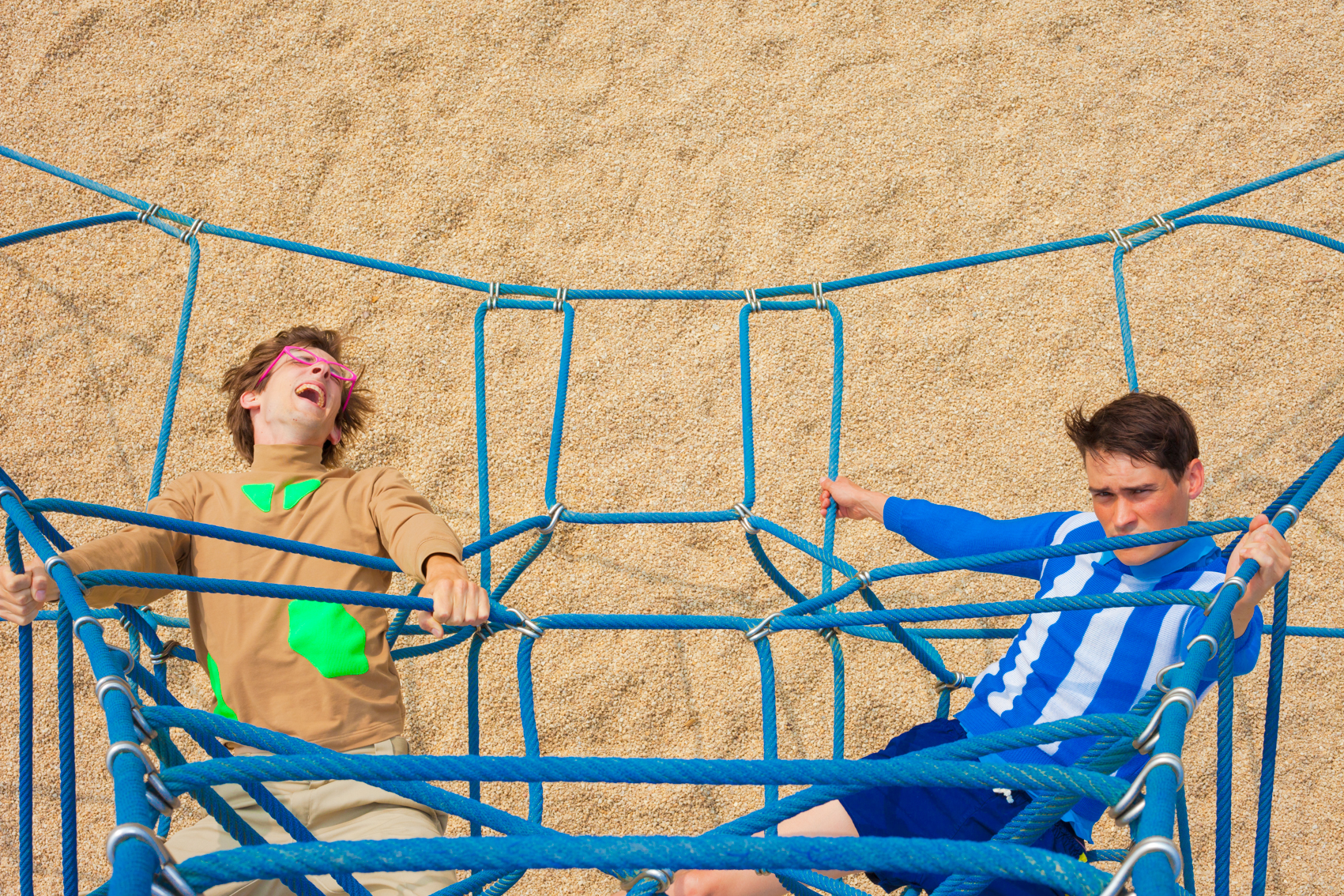
I hear influences from krautrock and EBM in your music. Can you relate to Front 242? But that’s just my interpretation. Who do you see as your influences?
Thomas: I believe influences are strong impressions that you feel at certain points in your life, and as such, they are vivid and ever-changing, influenced by the people you meet and the things you love. For me, a significant influence was Asa Chang & Junray, as well as “Brighter Now” by Legendary Pink Dots. Additionally, I had a close friend who was involved in Radio Mulot, a pirate radio in Nantes. It was powerful, psychedelic, and completely free, and I was mesmerized. He had a strong influence on me and my way of listening to music.
Now, I think my influences mostly stem from my online discoveries. One recent discovery, which I share with Arnaud, is ‘The Art of Paying the Fantasia’ by Danish composer Anders Lauge Meldgaard. It’s entirely written and played with EWI, making it particularly interesting for us.
Arnaud: Krautrock has always been a significant influence for me. I’ve always played very progressive, repetitive beats on the drums in my previous band and during solo improvisations. Similarly, electronic music, particularly EBM, which I listened to in my younger years while partying, has greatly influenced my taste for structure in composition. Additionally, when it comes to music aesthetics, I’ve always been heavily influenced by Devo and their ability to convey the concept of “devolution” both visually and musically.
I would also attribute a lot of our influences to the numerous experimental music concerts we’ve attended and organized in the eclectic scene of Nantes. This exposure helped us develop a taste for experimentation and find our own unique approach to creating music.
Who are your “heroes,” and who are the people around you who inspire and support you?
Thomas: One of my heroes is Sarah Lapin, an artist and designer who has been following us since our inception and knows us well. She possesses the most intriguing ideas and intuitions about life, art, and design, and she provides me with a lot of support. Additionally, she is the vocalist on our track “Printer.”
Arnaud: We are surrounded by visual artists, musicians, and designers who are incredibly inspiring to us. Most of our friends and relatives are creative individuals with varying ages and experiences, and it’s always a pleasure to feel the blend of perceptions and inspirations around us. One such individual is Hugo Saulnier, a friend, producer, musician, and DJ with whom we founded our new music label, Bidule—a place where we aim to cultivate the concept of curious music.
Just wondering, do you listen to Brian Eno and Conny Plank productions? How about DAF?
Thomas: Yes, particularly Conny Plank, with artists like Cluster, Moebius, Phew, and Harmonia. Their sounds and imagination are incredible. What I appreciate is how it transports you to a different world without any reference points. Interestingly, two of my favorite Cluster albums, ‘Curiosum’ and ‘Grosses Wasser,’ were not produced by Plank.
Arnaud: I remember that discovering the Moebius, Eno, and Plank records was significant for me when I was 20. I enjoyed the energy and the peculiar mix of prog rock and electronic sounds. Additionally, Brian Eno’s ambient music albums became important to me later on, as they helped me develop a taste for illustrative music and soundscapes.
What I find intriguing about your music is that it combines two seemingly contradictory elements: on one hand, it sounds very technical, and on the other hand, it sounds very free and loose. Do you agree with that?
We are both perfectionists, but we also enjoy experimenting and relinquishing control. Moreover, our process is sometimes very empirical in interpretation, as we learn to express ourselves with the tools we’ve created.
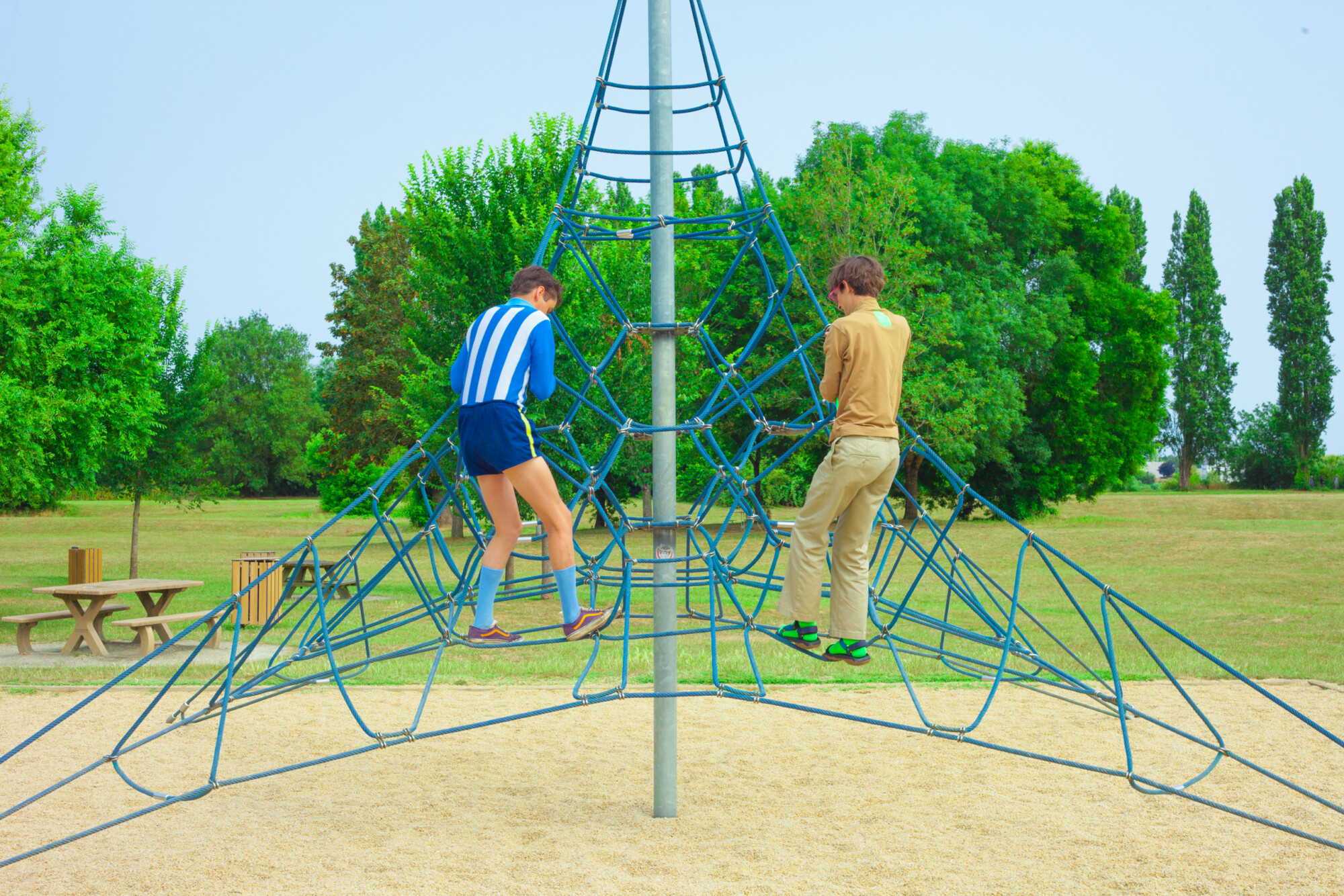
Do you make music for listening or for dancing?
It depends on the songs and the perception, as some of them are not intended for dancing. However, sometimes there’s an encounter between ourselves and the audience that brings us great joy when we see people dancing! Ultimately, our objective is to share happiness, surprise, or even madness through our music.
You released a demo on Bandcamp, but what does “demo” mean in these online times, where you can upload any piece of music at any stage of production with any recording quality? Does ‘demo’ imply an unfinished recording, a work-in-process, or a home recording?
Actually, for this particular release, it’s none of those. It’s a live recording of a rehearsal. I think it was just our way of indicating that it’s not a fully produced track.
Joeri Bruyninckx
Elastic Systems Live
01/03/2024: Labokube, Brussels
02/03/2024: Het Bos, Antwerp (Kraak Festival)
Headline photo: Konradas Žakauskas
Elastic Systems Facebook / Instagram / Bandcamp / YouTube
Bidule Facebook / Instagram / Bandcamp

